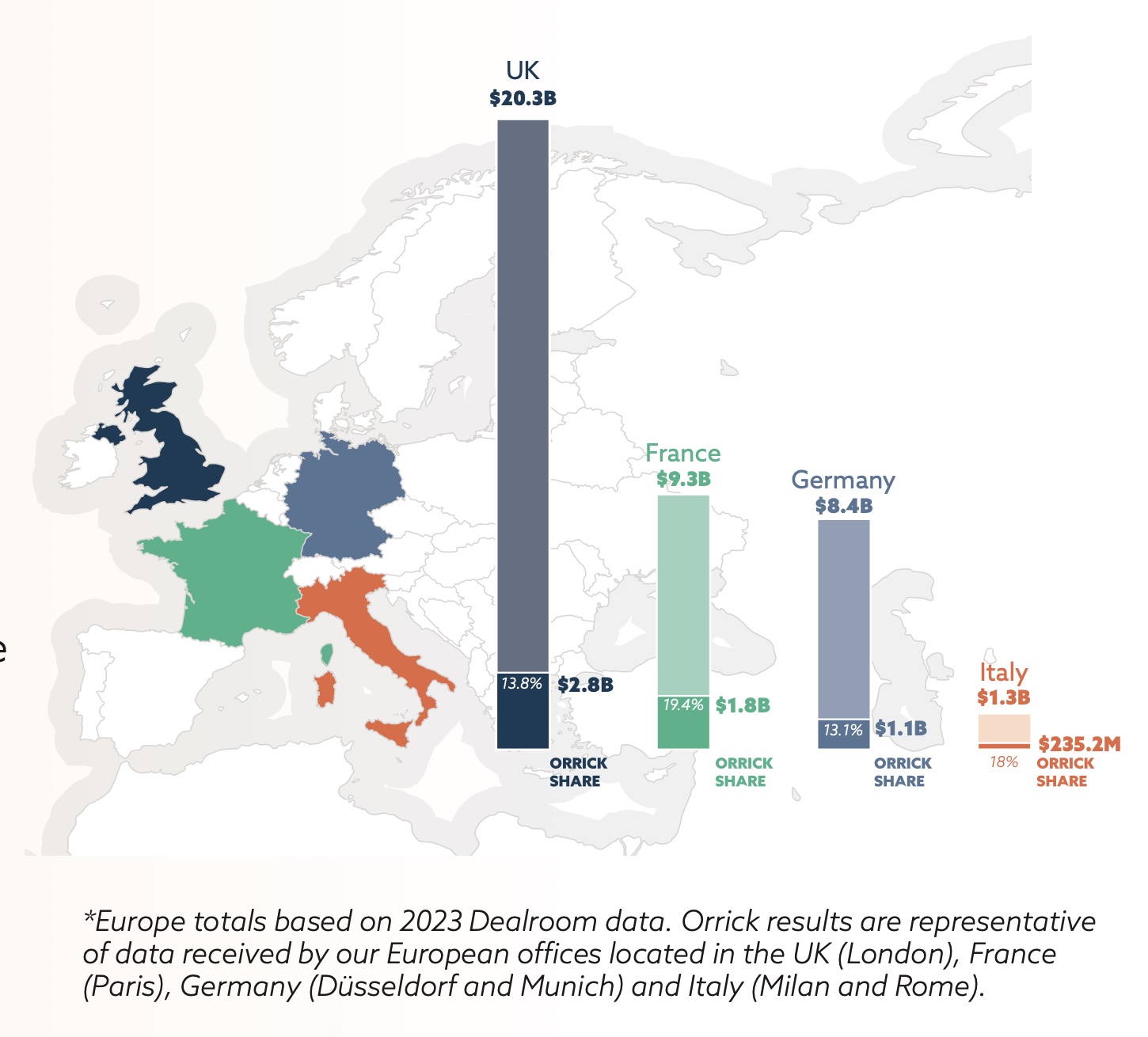How AI Bots Can Detect and Counteract Bias in Crowd Wisdom
The Power and Pitfalls of Collective Intelligence
The concept of “crowd wisdom” traces back to 1906, when Sir Francis Galton observed a fascinating phenomenon at an English country fair. Attendees were asked to guess the weight of an ox, and remarkably, the average of 800 guesses came within one pound of the correct weight.
Fast forward to the digital age, where similar experiments can now be conducted globally and instantaneously. A modern recreation of Galton’s experiment involved posting a cow’s photo online and collecting over 17,000 weight guesses. The crowd’s average estimate was within 5% accuracy - demonstrating that collective intelligence remains powerful in our connected world.
However, new research reveals significant challenges in harnessing crowd wisdom effectively. While crowds can be collectively wise, modern digital platforms amplify both their power and their potential biases.
Uncovering Hidden Bias in Market Perceptions
The stock market represents perhaps the ultimate crowd wisdom experiment, where company valuations reflect collective investor perceptions. Recent computational research reveals an unsettling phenomenon: even unbiased individuals may incorporate perceived biases into market pricing.
Key Findings from Kellogg School Research:
- Media coverage of CEO appointments shows stark gender disparities
- Female CEO announcements receive 3x more media attention than male counterparts
- With low media attention, markets respond favorably to female CEO appointments
- With high media attention, announcing companies’ stocks trade at a discount
This “second-order bias” occurs when investors anticipate others’ prejudices, creating self-fulfilling market reactions. Professor Ned Smith’s groundbreaking study analyzed female CEO appointments from 2000-2015, using:
- Sociological insights
- Machine learning techniques
- Four times more data points than previous studies
AI Solutions for Identifying and Overcoming Bias
Innovative technologies now offer tools to detect and mitigate subtle biases, particularly in hiring processes:
Textio’s Machine Learning Approach:
- Analyzes language patterns in 54M+ job postings
- Identifies subtle biases that affect applicant demographics
- Provides alternative phrasing suggestions (e.g., replacing “manage” with “lead”)
- Results in 24% more qualified candidates and 12% more diversity
According to Textio CEO Kieran Snyder: “Bias exists across all industries. Our technology helps organizations recognize and overcome unintentional barriers in their recruitment language.”
The Future of Human-Machine Collaboration
While AI tools don’t eliminate human bias entirely, they provide powerful mechanisms to:
- Identify implicit biases invisible to human observers
- Offer data-driven alternatives
- Create more equitable systems across various domains
As we continue to harness crowd wisdom in our increasingly connected world, these technological solutions will play a crucial role in ensuring that collective intelligence remains truly wise - and fair.
Alanna Lazarowich is a senior director at the Kellogg School of Management at Northwestern University. This article originally appeared at ChicagoInno.
📚 Featured Products & Recommendations
Discover our carefully selected products that complement this article’s topics:
🛍️ Featured Product 1: Lennon Black-Blue/White Velvet 5-Piece Counter Height Dining Set
 Image: Premium product showcase
Image: Premium product showcase
High-quality lennon black-blue/white velvet 5-piece counter height dining set offering outstanding features and dependable results for various applications.
Key Features:
- Professional-grade quality standards
- Easy setup and intuitive use
- Durable construction for long-term value
- Excellent customer support included
🔗 View Product Details & Purchase
💡 Need Help Choosing? Contact our expert team for personalized product recommendations!












